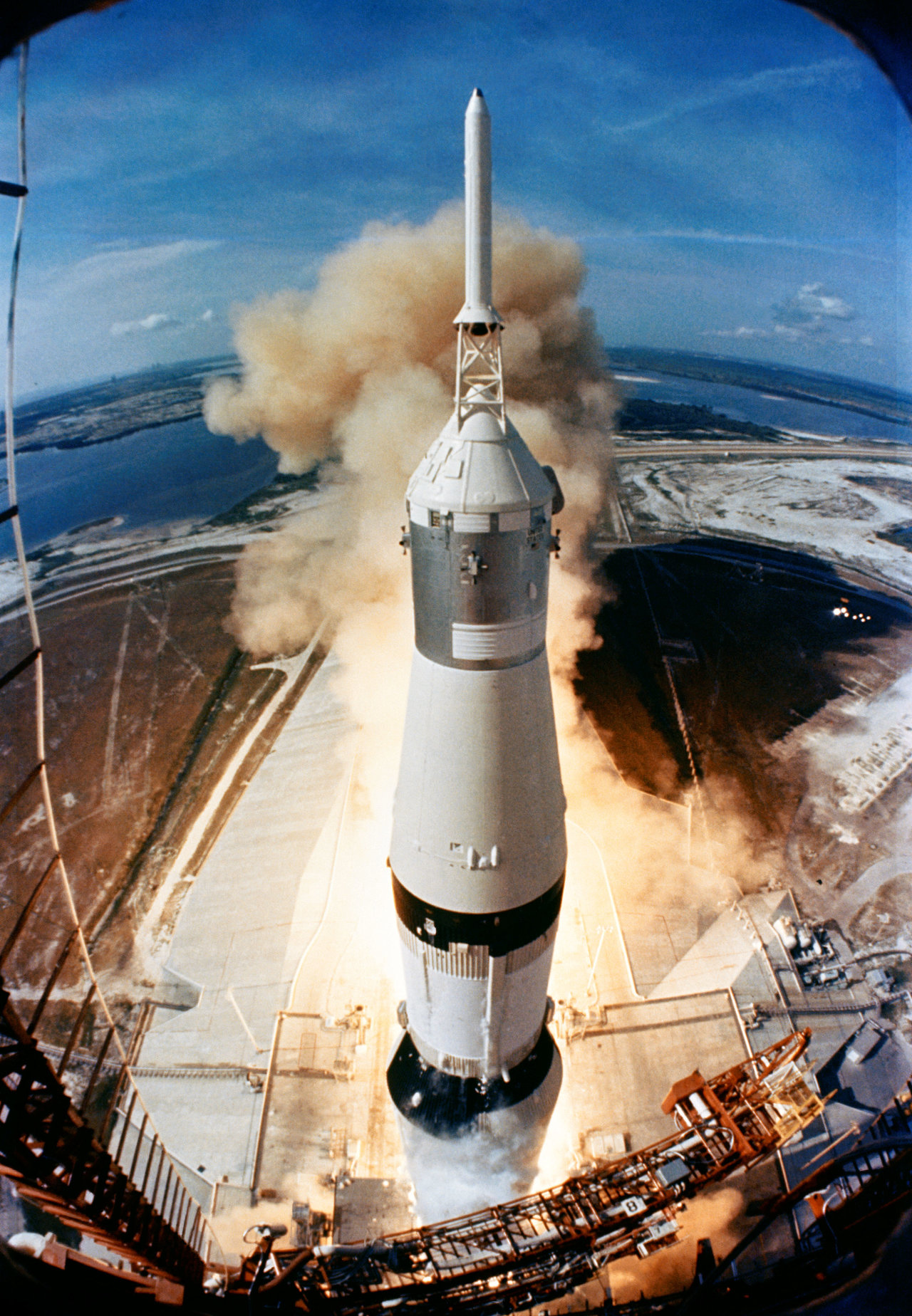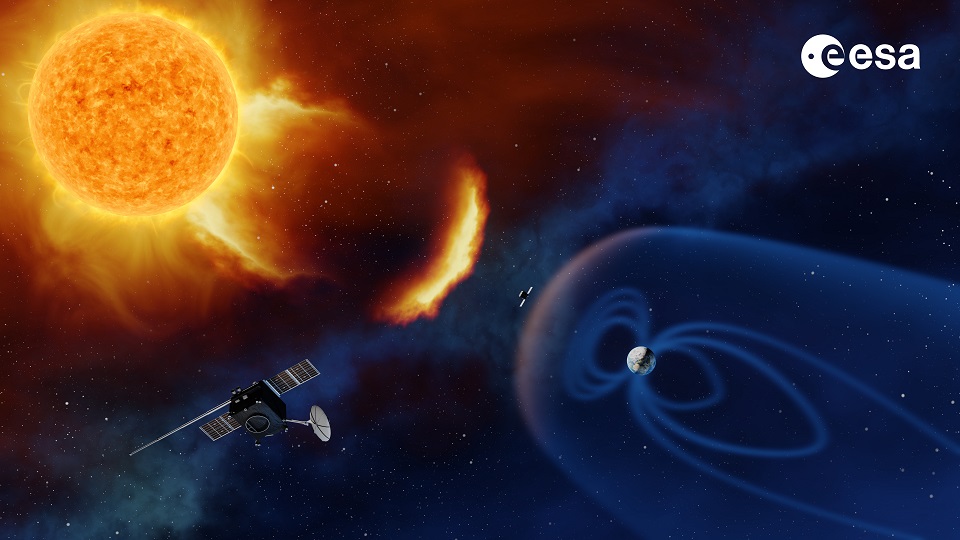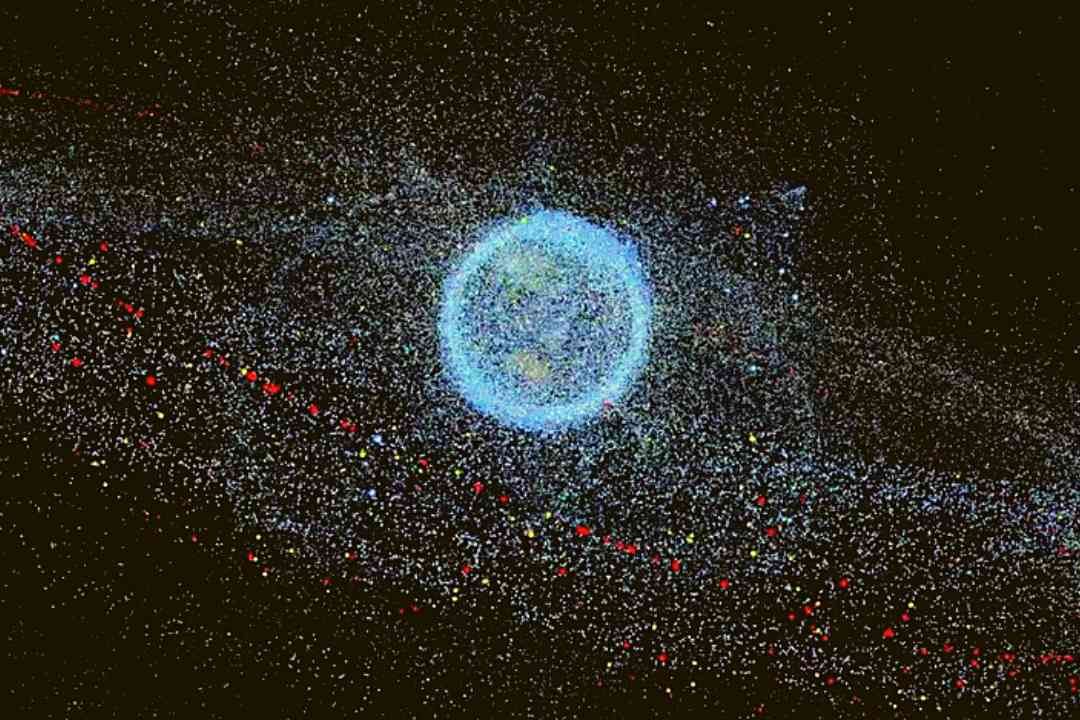A human eye unaided can have a look at thousands of bright stars, meteor showers, and even the Milky wave on an ideal stargazing night. It may also spot a decommissioned satellite which might be just a fraction of micro pieces of the many pieces of space debris that contribute to the congestion of the Earth’s orbit.
Recently the Chinese government confirmed that a Long March rocket has broken up after a successful launch and debris scattered in a near-Earth orbit are close to many of Starlink satellites.

Space Debris is most commonly known as space junk and is considered to be a human-made object in orbit that does not serve a useful purpose. It has been a result of space vehicles that were no longer in service. The classification of the object depends on size, from the old spacecraft and rocket stages which vary in range and which launched them to micro-debris exactly like flecks of paint.
25,000 space debris objects large enough are currently to be monitored and catalogued while accounting for the minuscule pieces which are lens covers, or shards that have been produced from “breakup events” which are explosions or colliding objects.
In 1957, the launch of Sputnik I resulted in not only the creation of human-made orbital debris - the first piece of the rocket stage which launched the artificial satellite. The second satellite being a satellite itself also gave a reason for the surveillance of such objects in space. This realization was prompted by the United States Air Force which suggested creating Project Space Track, a system that could note the artificial space objects and their belongings to the countries that launched them domestically.

After continuing to work on the combination of academic curiosity the United States established a network of early warning radars to watch the sky's potential for the coming missiles. The military with the help of the surveillance system could distinguish between the objects near and that posed no threat and the suborbital ballistic weapons that could be a threat.
During the 1960’s more space activity including the launches of anti-satellite (ASAT) that did the testing and explosions of old spacecraft, contributed to the creation of orbital debris. The European Space Agency or ESA as a space technology and operations agency, has identified active removal technologies as a strategic goal. Actions to counter the exponential growth of space debris, such as mitigation and active removal, are most effective when they are applied as soon as possible, as per the ESA.
© Vygr Media Private Limited 2022. All Rights Reserved.
























